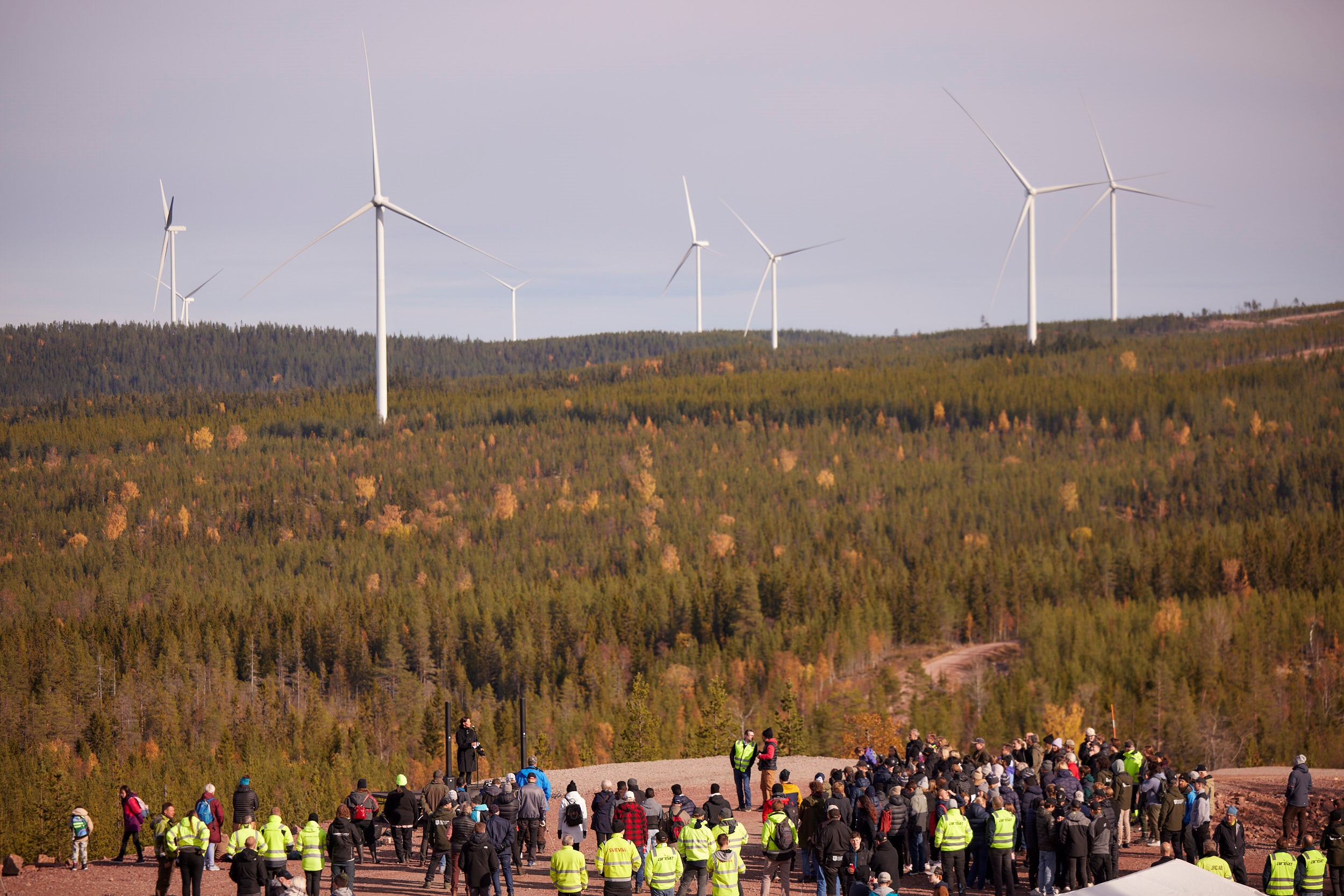Energy Transition
4 minutes
06/12/2023
COP28 Insights: Supercharging The Energy Transition


Following on from COP28’s Energy Transition Day on Tuesday, 5th December, we sat down with Ricardo Piñeiro, Partner and Head of Infrastructure at Foresight Group and Dan Wells, Partner at Foresight and Co-Manager of Foresight Energy Infrastructure Partnership (FEIP), to hear their insights on COP28 and opportunities surrounding the global energy transition.
Interview
Q: What are your hopes for from the upcoming COP28 event? What kinds of agreements would you like to see?
A: "Given this is the first emissions “stock take”, whereby progress will be checked vs the Paris Agreement, we hope to see focused attention on making more substantive progress and nearer-term commitments (e.g., 2030 commitments), to complement long-term, 2050+ net-zero objectives.
We hope to see more ambitious statements regarding the phaseout of fossil fuels, rather than simply their phasedown, and the continued development of carbon market mechanisms, in line with Article 6 of the Paris Agreement. We also want progress towards international standardisation of carbon mechanisms, which is crucial, especially for the development of sustainability-related real assets sectors such as natural capital. Lastly, greater commitment from developed nations in respect of the $100bn of climate finance promised to developing nations."
Q: What is your assessment of how Europe (including UK) and the US are faring on developing and investing in renewable infrastructure?
A: "Since the invasion of Ukraine significant progress has been made across Europe, with a wide ranging suite of legislation developed under the framework of the Green Deal Industrial Plan. In particular, the EU Net Zero Industry Act, the Temporary Crisis and Transition Framework, the Critical Raw Materials Act, European Wind Power Action Plan and, the EU Grid Action Plan which was announced at the end of November. We believe this latter point is particularly important given how critical investing in, and building out, the grid is with respect to the energy transition. This is helping set a favourable market context for investing in Europe.
In the UK, recent mood music from government has indicated a lack of ambition on accelerating investment into net zero. Furthermore, a failed CFD auction into offshore wind earlier in the year suggested that perhaps the industry wasn’t being listened to sufficiently. Despite this, the UK remains an advantageous environment to invest into crucial “renewable enabling” infrastructure, in particular energy storage and grid assets such as international interconnector cables.
Across the US, The Inflation Reduction Act has been a game-changer in setting the context for clean energy investing in the coming years in the US. This creates huge opportunities for investment in the country. However, the approach does run the risk of increasing costs to US taxpayers in the long run, in particular if subsidies are combined with tariffs on imports."
Q: What improvements need to be made to encourage greater investment and rollout of renewable infrastructure?
A: "From the perspective of what governments can do, we recommend they facilitate and encourage investment at a very large scale into energy grids themselves. For example, transmission and distribution infrastructure and interconnector cables. The grid is perhaps the biggest bottleneck to the energy transition with connection queues for energy generation assets causing huge delays. Furthermore, more interconnected systems can be decarbonised more efficiently. If governments can encourage electricity system operators to accept private finance then the private sector can play a much bigger role in financing these assets. Streamlining and speeding up the permitting process for new renewable infrastructure is another area that would facilitate and encourage further investment into the sector.
Alongside this governments could help the sector accommodate higher debt financing costs, for instance by providing debt-finance guarantees. As well as this they could provide revenue structures, such as CfDs, which provide investors with a suitable, steady return, whilst protecting consumers and the wider system from price shocks."
----------------
Decarbonisation is a global challenge and we continue to support the transition, unlocking investor value and mobilising finance towards renewable energy and infrastructure.
Find out more about Foresight’s Energy Infrastructure Partnership (FEIP) here.
Follow us on LinkedIn ‘Foresight Group’, to find out more about COP28 UAE and stay connected with the latest news.
Test